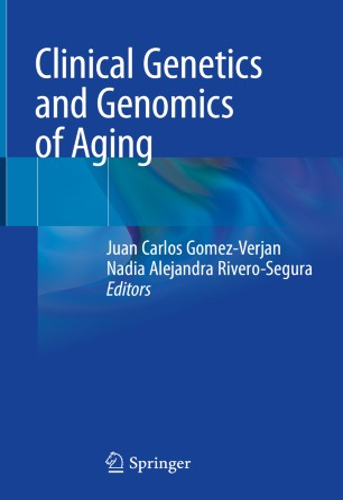The world population is rapidly aging-it is estimated that by 1950, around 17% of the population will be elderly. In this context, aging involves several physiological, psychological and highly complex social processes that vary from one person to another. For a long time, medical care for older adults has focused on treating chronic, age-related diseases and their associated consequences. Recently, biomedical research brings a novel point of view to develop more effective interventions by targeting the aging process itself rather than separate conditions. There is a growing number of reports indicating that aging is driven by several interconnected mechanisms and biological components referred to as the molecular pillars of aging. Interfering with these mechanisms could help to treat, prevent, and understand the development of age-related diseases and associated syndromes.

